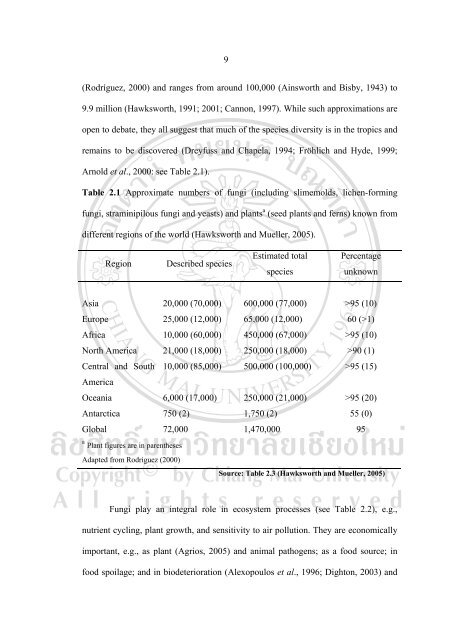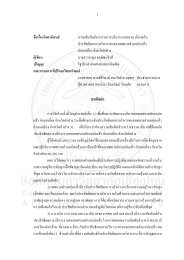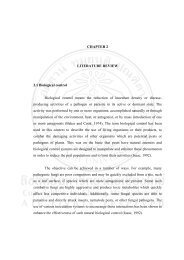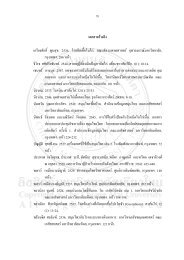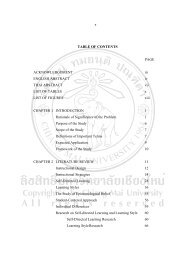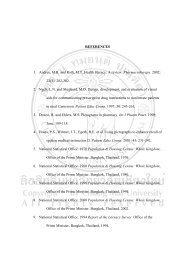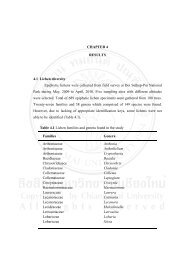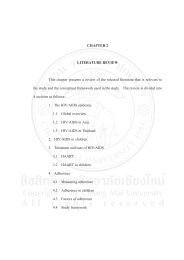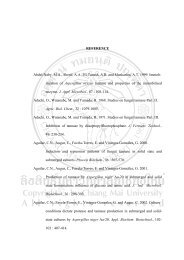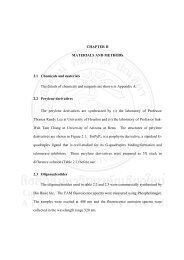Chapter Four
Chapter Four
Chapter Four
Create successful ePaper yourself
Turn your PDF publications into a flip-book with our unique Google optimized e-Paper software.
9<br />
(Rodríguez, 2000) and ranges from around 100,000 (Ainsworth and Bisby, 1943) to<br />
9.9 million (Hawksworth, 1991; 2001; Cannon, 1997). While such approximations are<br />
open to debate, they all suggest that much of the species diversity is in the tropics and<br />
remains to be discovered (Dreyfuss and Chapela, 1994; Fröhlich and Hyde, 1999;<br />
Arnold et al., 2000: see Table 2.1).<br />
Table 2.1 Approximate numbers of fungi (including slimemolds, lichen-forming<br />
fungi, straminipilous fungi and yeasts) and plants a (seed plants and ferns) known from<br />
different regions of the world (Hawksworth and Mueller, 2005).<br />
Region<br />
Described species<br />
Estimated total<br />
species<br />
Percentage<br />
unknown<br />
Asia 20,000 (70,000) 600,000 (77,000) >95 (10)<br />
Europe 25,000 (12,000) 65,000 (12,000) 60 (>1)<br />
Africa 10,000 (60,000) 450,000 (67,000) >95 (10)<br />
North America 21,000 (18,000) 250,000 (18,000) >90 (1)<br />
Central and South 10,000 (85,000) 500,000 (100,000) >95 (15)<br />
America<br />
Oceania 6,000 (17,000) 250,000 (21,000) >95 (20)<br />
Antarctica 750 (2) 1,750 (2) 55 (0)<br />
Global 72,000 1,470,000 95<br />
a Plant figures are in parentheses<br />
Adapted from Rodriguez (2000)<br />
Source: Table 2.3 (Hawksworth and Mueller, 2005)<br />
Fungi play an integral role in ecosystem processes (see Table 2.2), e.g.,<br />
nutrient cycling, plant growth, and sensitivity to air pollution. They are economically<br />
important, e.g., as plant (Agrios, 2005) and animal pathogens; as a food source; in<br />
food spoilage; and in biodeterioration (Alexopoulos et al., 1996; Dighton, 2003) and


